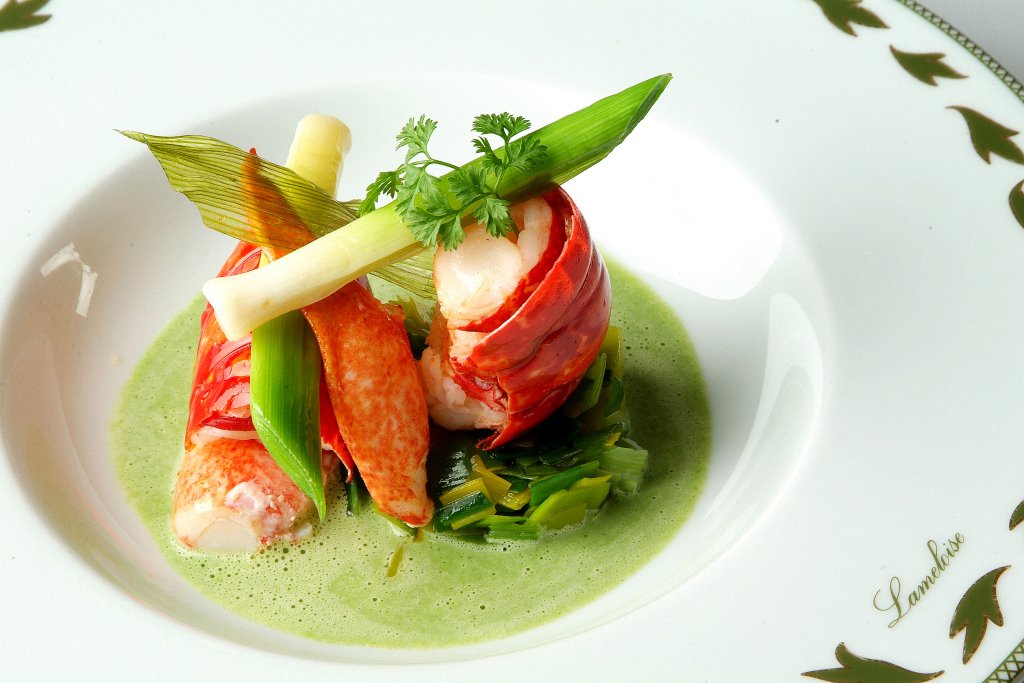13 week cooking course
- Introduction to Cooking
- Understanding Ingredients
- Making Breakfast
- Dinner Delights
- World Cuisine: Asia
- World Cuisine: Europe
- Baking and Bread Making
- Vegan and Vegetarian Cooking
- Gluten Free Cooking
- Healthy Eating and Nutrition
- Kitchen Finale and Consolidation
World Cuisine: Europe
French Culinary Techniques: An Introduction

Culinary traditions of France.
French cuisine is renowned worldwide for its elegance, sophistication, and exquisite flavors. It has significantly influenced the culinary world, setting the standard for many cooking techniques and practices. This unit will provide an overview of French cuisine, introduce key French cooking techniques, and guide you through the preparation of classic French dishes.
Overview of French Cuisine
French cuisine is diverse, with each region boasting its own unique dishes and ingredients. However, there are common elements that define French cuisine, such as the emphasis on fresh, high-quality ingredients, the balance of flavors, and the importance of presentation. French cuisine is also known for its rich sauces, fine pastries, and excellent wines.
French Cooking Techniques
French cooking techniques are fundamental to many culinary practices worldwide. Here are some of the most important ones:
-
Sautéing: This involves quickly cooking food in a small amount of fat over high heat. It's a technique commonly used for cooking meat, poultry, and vegetables.
-
Roasting: This slow-cooking method uses dry heat from an oven to cook large pieces of meat or whole poultry. It results in a flavorful, browned exterior and a juicy interior.
-
Braising: This is a combination cooking method that uses both wet and dry heat. Typically, the food is first seared at a high temperature, then finished in a covered pot with a variable amount of liquid, resulting in a rich, flavorful dish.
Key French Ingredients
French cuisine is known for its use of fresh, high-quality ingredients. Some of the most commonly used ingredients in French cooking include:
-
Butter: Used in everything from sauces to pastries, French butter is known for its high fat content and rich flavor.
-
Cream: Cream is a staple in many French dishes, adding richness and depth of flavor.
-
Wine: Both red and white wines are used extensively in French cooking, both as a beverage to accompany meals and as a key ingredient in many dishes.
-
Cheese: France is famous for its cheese, with hundreds of varieties produced across the country. Cheese is often served as a separate course in a French meal.
Preparing Classic French Dishes
Now that we've covered the basics, let's dive into the preparation of some classic French dishes:
-
Coq au Vin: This is a traditional French dish where chicken is slow-cooked with wine, lardons (small strips or cubes of pork fat), mushrooms, and possibly garlic.
-
Ratatouille: A vegetable stew from Provence, ratatouille features eggplant, tomatoes, zucchini, bell peppers, onions, and herbs slowly cooked in olive oil.
-
Crème Brûlée: This classic French dessert consists of a rich custard base topped with a layer of hardened caramelized sugar. It's typically served in individual ramekins and is a perfect example of the French love for creamy, indulgent desserts.
By mastering these techniques and recipes, you'll be well on your way to understanding and appreciating the art of French cooking. Bon appétit!